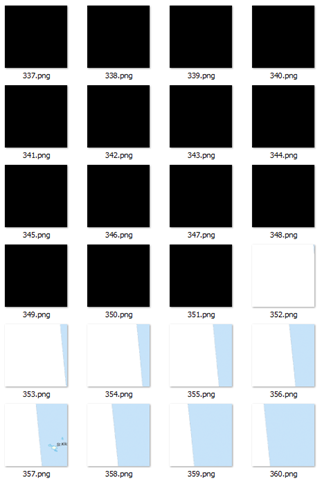In the recently released Google Earth 6.1 we added two new features that will help you annotate line data and improve KML Tours that include Street View mode. As a part of Google’s ongoing commitment to innovation within the standard, these were added to the gx: namespace using the official extension mechanism for OGC KML.
Line labels
When Earth 6.0 launched last November we introduced line styling options to create more realistic roads that have a physical width, outer coloring, and text labels. Now with Google Earth 6.1 you can also add simple text labels at the midpoint of regular (screen <width>) lines by using the new <gx:labelVisibility> tag in <LineStyle>.
Caption: Labeled line between SFO and LAX airports.
Download the KML.
Note: To preserve the current, unlabeled appearance of regular lines in existing KML files, we’ve turned off all line labels by default in Google Earth 6.1. Because labels for physical width lines were turned on by default in Earth 6.0, you will now need to explicitly enable in your LineStyles to display them in Earth 6.1+.
Better Street View experience in Tours
Last November we also introduced <gx:ViewerOptions> in Earth 6.0 so that KML Tours can activate the historical imagery, sunlight and Street View modes, allowing you to tell even cooler stories.
Street View mode uses a different field of view (FOV) than the regular navigation mode to provide users with a better experience. However, until now this special FOV was not captured while creating Tours in Google Earth. This meant that tour playback couldn’t faithfully reproduce the Street View experience as originally recorded.
To address this issue in Google Earth 6.1 we added the <gx:horizFov> tag to <Camera> and <LookAt>. These values are captured automatically while recording tours in Earth 6.1 but you can also add them directly to your KML.
Caption: Here’s an example of using to create the classic dolly zoom effect, invented by cameraman Irmin Roberts and used in Alfred Hitchcock’s film Vertigo. Download the KML here.
Note: Although Cameras and LookAts can also be used to provide a default view for your placemarks, please note that in Google Earth 6.1 custom FOV values are only respected within the <gx:FlyTo> tags in tours.
